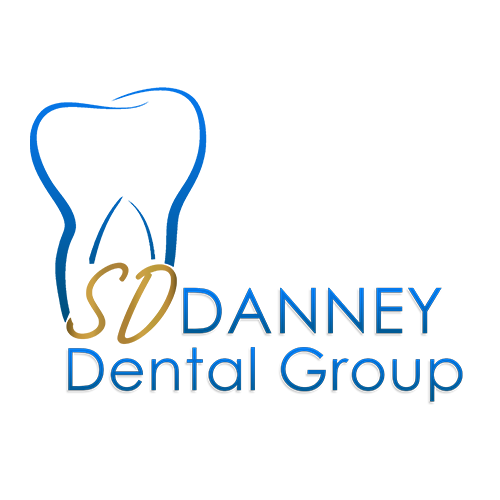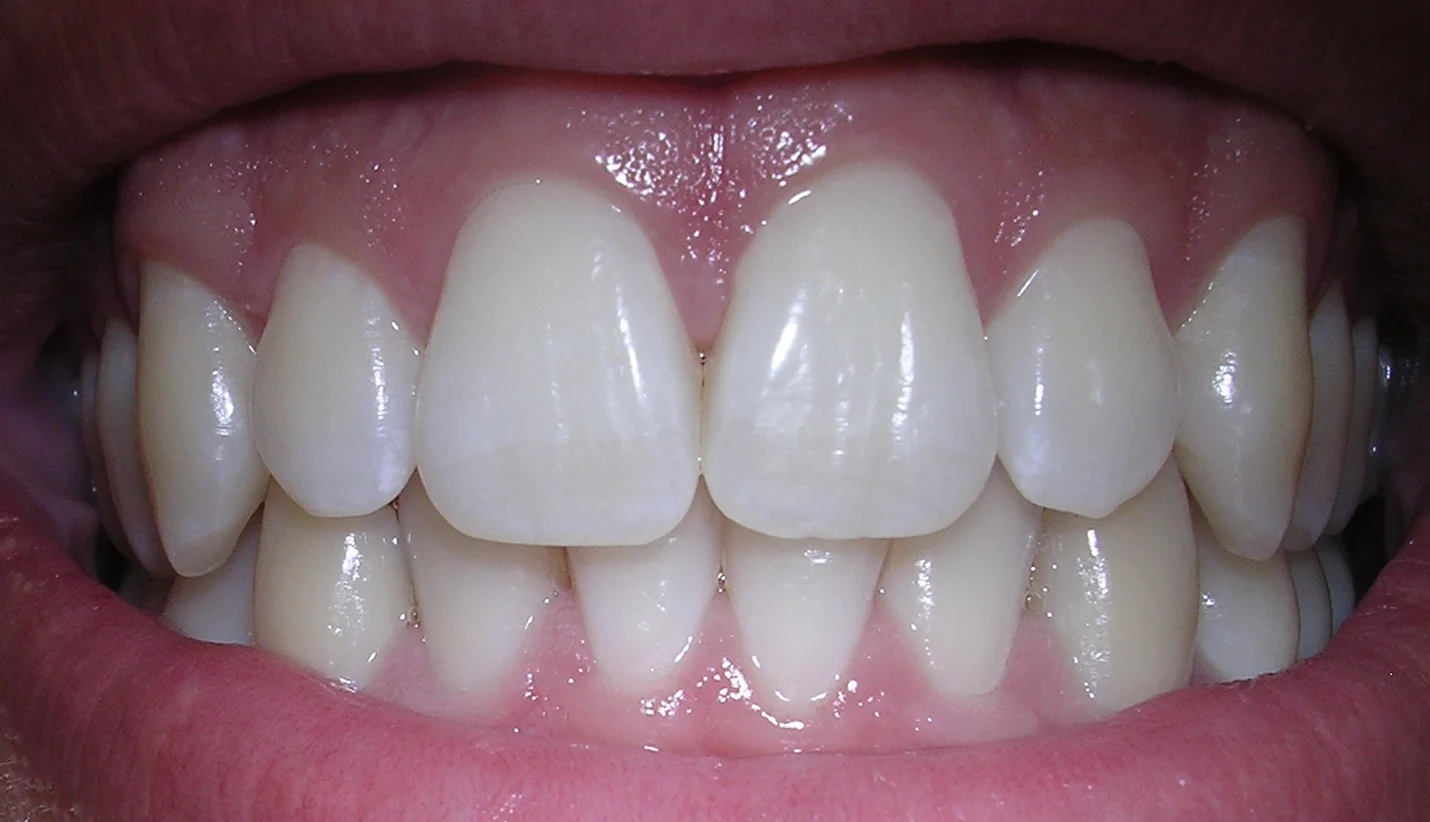Brush your teeth kid!
Is brushing my teeth really all that important?
We have all heard it a million times. Brush your teeth. Brush morning and night. Brush after eating sugar. Brush after drinking sweet drinks. Brush before going out. Brush for fresh breath. Brush away bacteria. Brush with a soft brittle. Brushing too much, brushing too little. Brush, brush, brush. But really, why are we brushing anyway? Is it really that important if I don’t brush before bedtime? Will my teeth suddenly rot and fall out in the night? What is the big deal? Here are the answers and guidelines to all the brushing madness.
Let’s start with the nasty part. Terminology.
Periodontitis, also known as gum disease, is a set of inflammatory diseases affecting the tissues surrounding the teeth. Periodontitis involves progressive loss of the alveolar bone around the teeth, and if left untreated, can lead to the loosening and subsequent loss of teeth.
Dental plaque is a biofilm or mass of bacteria that grows on surfaces within the mouth. It is a sticky colorless deposit at first, but when it calcifies forms tartar (or "calculus"), it is often brown or pale yellow. It is commonly found between the teeth, on the front of teeth, behind teeth, on chewing surfaces, along the gumline ("supra" gingival calculus) or below the gumline.
Progression and build-up of dental plaque can give rise to tooth decay – the localized destruction of the tissues of the tooth by acid produced from the bacterial degradation of fermentable sugar – and periodontal problems such as gingivitis (inflammation of the soft gum tissues) and periodontitis (a more severe inflammation and breakdown of the hard supporting boney tissues). Hence it is important to disrupt the mass of bacteria and remove it. Plaque control and removal can be achieved with correct daily or even better twice-daily tooth brushing and use of interdental aids such as dental floss and interdental brushes.
Tooth decay, also known as dental caries or cavities, is a breakdown of teeth due to acids made by bacteria. The cavities may be a number of different colors from yellow to black and even tooth-colored. Symptoms may include pain and difficulty with eating. Complications may include inflammation of the tissue around the tooth, tooth loss, and infection or abscess formation.
Gingivitis ("inflammation of the gum tissue") is a non-destructive disease that occurs around the teeth.
Ok, now you know what all these terms mean and as you can see, they are all interrelated. So how does this correlate with brushing?
Brushing is part of a bigger picture. That picture being complete oral hygiene. Oral hygiene includes not only brushing, but flossing and rinsing the mouth; with water, or a solution that helps support a healthy oral environment free of sugars, tooth-eating bacteria, and (eek) bad breath! ( No one wants bad breath.)
When we aim to have good oral hygiene, we prevent cavities, inflammation, reduce plaque build-up and decay, thus having pain-free, healthy teeth, and gums! And, of course, a winning smile!
So, now we understand the value of brushing, how many times a day do we need to do it?
The American Dental Association recommends brushing your teeth twice a day with fluoride toothpaste.
Every time you brush and floss, you are clearing away harmful acids, bacteria, sugars, and more that keep your smile healthy. Think about it....6 minutes of brushing and flossing a day will help to prevent potential dental problems. To be fair, however, there is another very, very important component to dental disease that unfortunately we have no control over .... genetics! That is why with even the most diligent of home care and oral hygiene it is very important to have a dental professional diagnose whether there is any onset of potentially harmful dental diseases.
healthy smile
Finally, you may want to consider the time of day and if you just ate, as part of your brushing schedule. Brushing when you wake and go to bed are a great practice to adopt. However, after eating acidic foods or drinks, sugar, and or alcohol (all of which will create an unhealthy oral environment for which bacteria can blossom), would also be a very good time to brush. Even if you are out and about. Stash a travel toothbrush and toothpaste in your bag, purse, glove box. Remove the nutrients bacteria feed off of before they have a chance to dine. Wherever and whenever you can. Plus, you’ll keep your breath smelling great!
And we all love having good breath.
So brush your teeth. Your mouth will thank you for it.


